
Ford Australia boss Andrew Birkic has moved to reassure prospective Ranger Super Duty buyers that Ford has done its homework in ensuring the new tough truck can stand up to anything customers will throw at it.
Spruiked as a genuine alternative to the Toyota LandCruiser 79 Series – which has earned a reputation for durability over its lifetime – Ford is shopping its new beefed-up Ranger Super Duty to industry and commercial operators around the country, not to mention the legions of nomads towing heavy caravans.
Key to the Super Duty model’s appeal is an increased towing capacity of 4.5 tonnes braked, a 4.5 tonne GVM (Gross Vehicle Mass) and an 8.0-tonne GCM (Gross Combination Mass – the maximum total of weight of tow vehicle and trailer when fully loaded together).
However, with the regular Ranger V6 diesel (on which the Ranger Super Duty is based) occasionally the subject of engine and driveline issues, it begs the question: how will the Super Duty fare?
Ford insists it has comprehensively tested the Super Duty in an unprecedented program, which has included autonomous testing loops, GVM and towing, water wading and even packing 600kg worth of mud underneath to simulate roles in mining environments.
The carmaker has detailed “calibration changes” to the engine and gearbox mapping of the new model – reducing combustion temperatures and cylinder pressures “significantly from base Ranger" - together with additional cooling, the deletion of automatic stop-start hardware, and different final drive and transmission ratios. There’s also a larger 130-litre diesel fuel tank and front and rear locking differentials.
Elsewhere, the Super Duty features a beefed-up chassis, heavy-duty underbody protection, upgraded suspension with reinforced mounting points, strengthened tow bar mounting, larger brakes and eight-stud wheels.
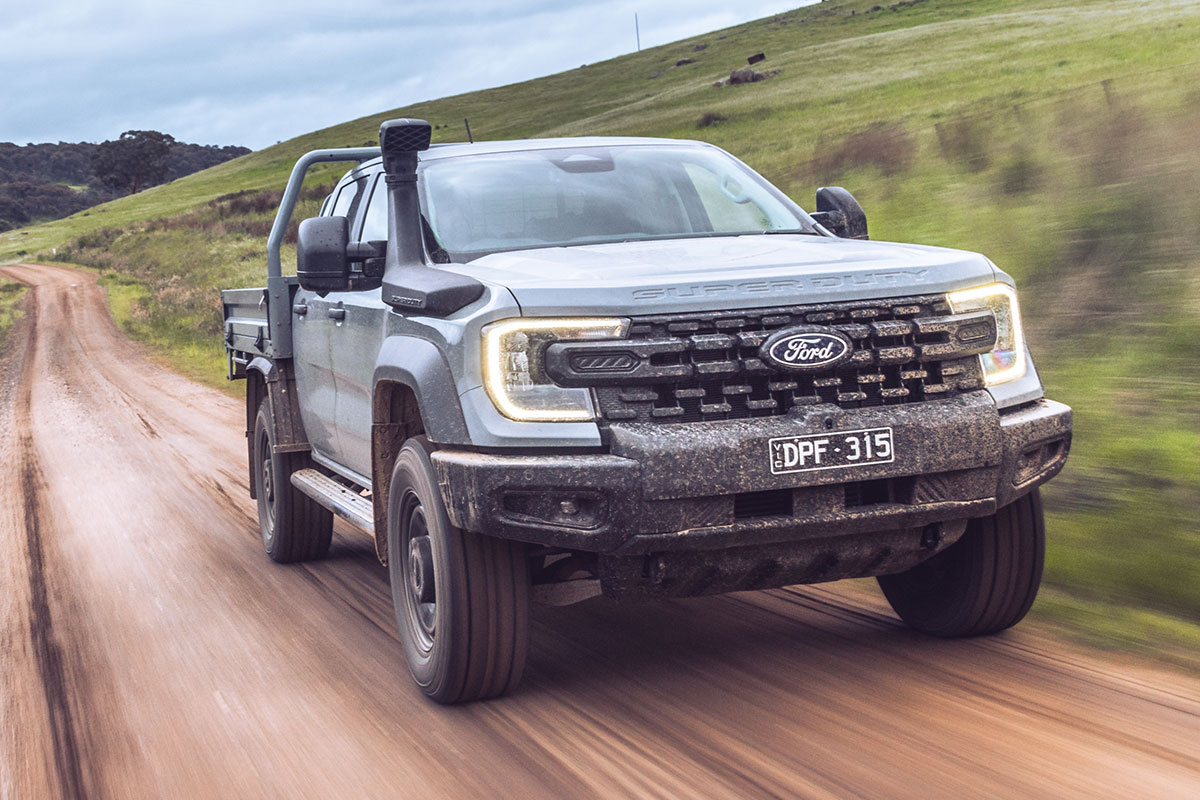
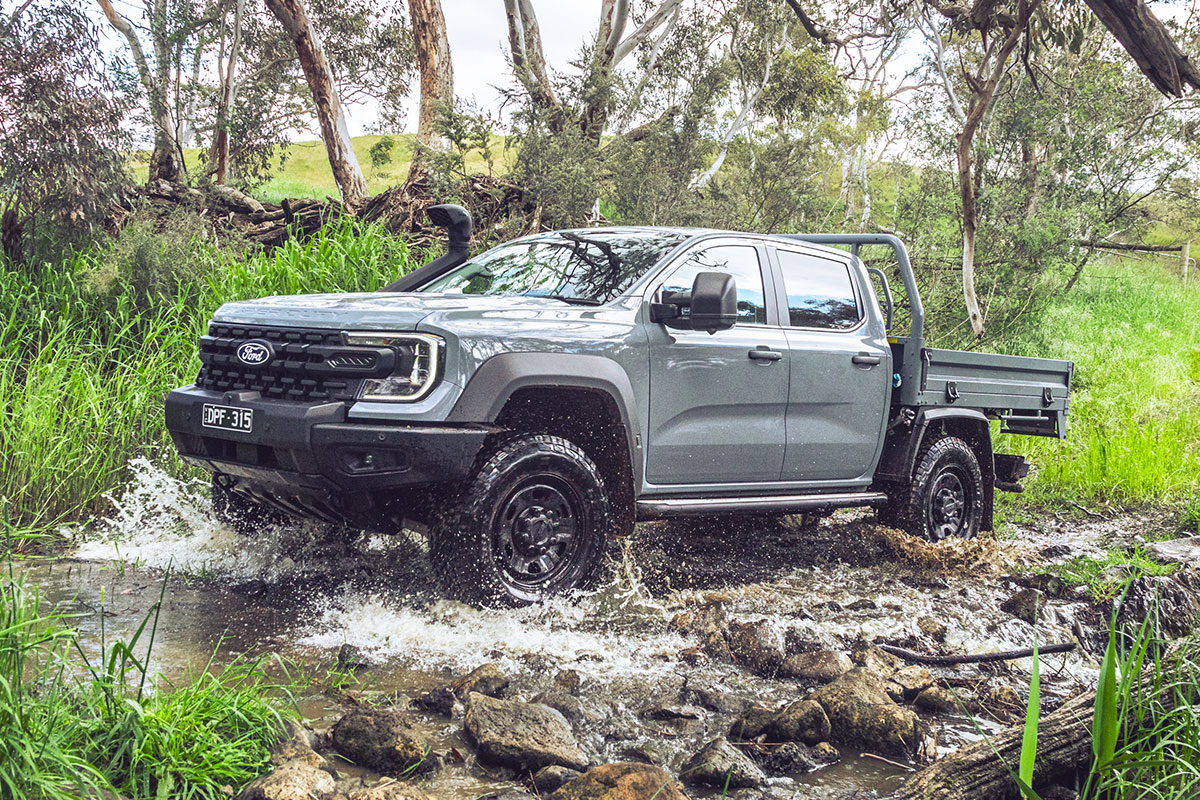
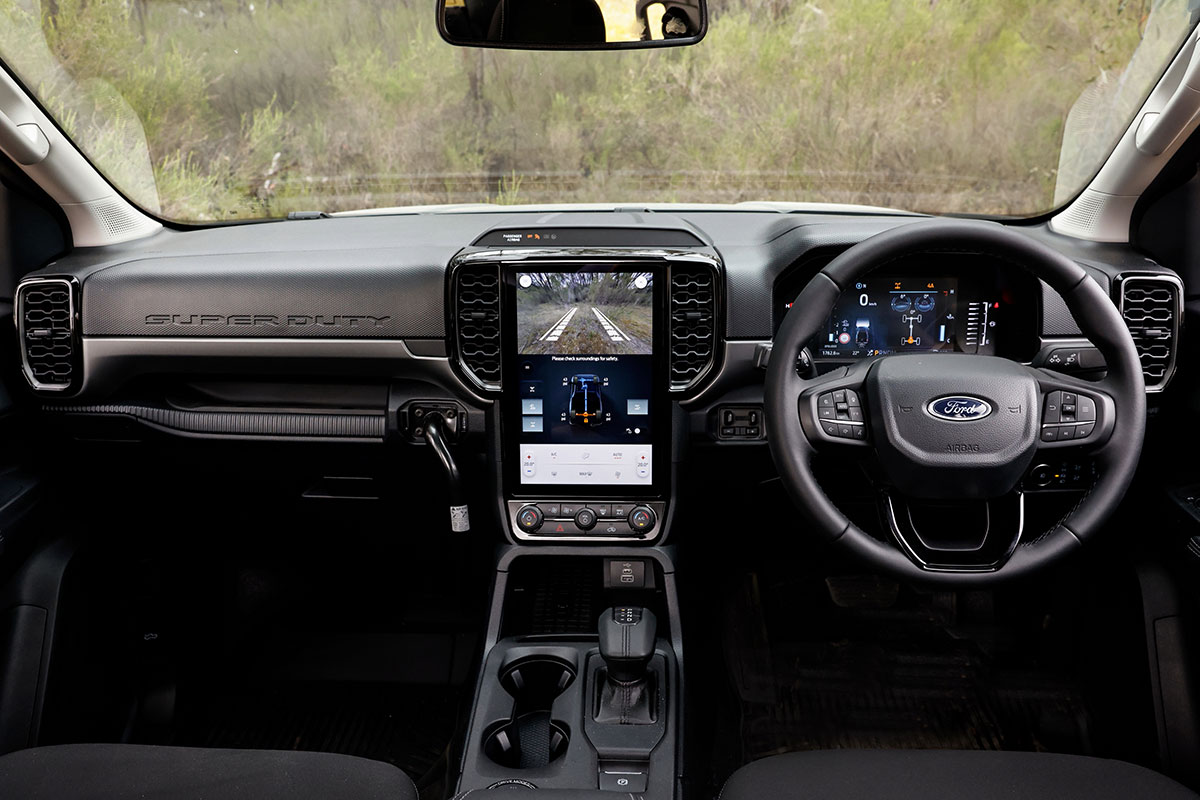

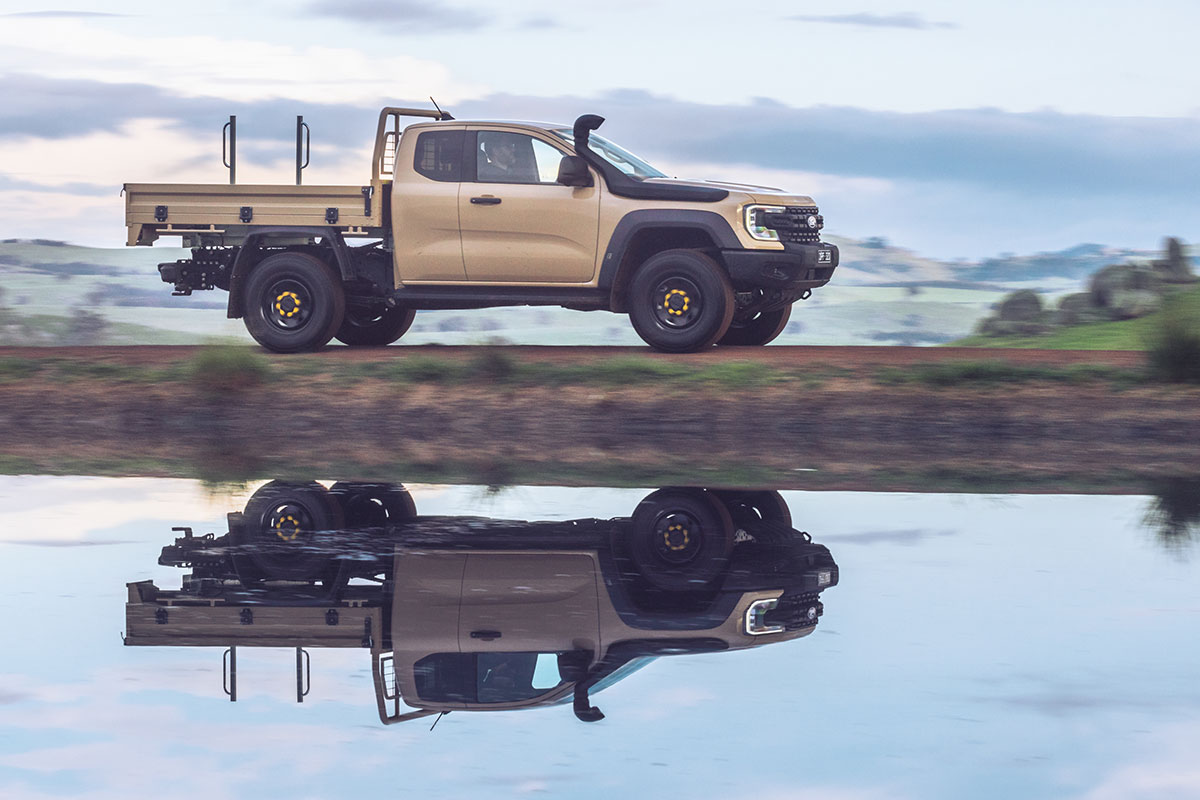
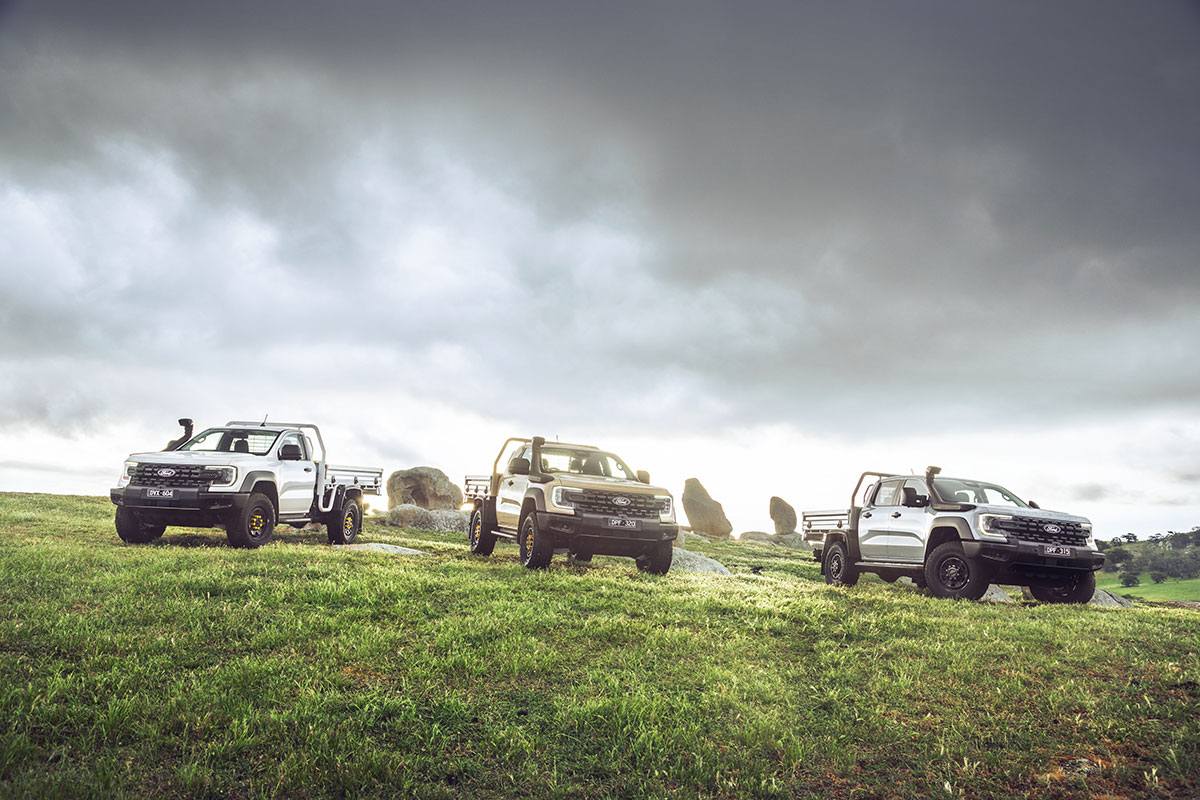
Read our review: 2026 Ford Ranger Super Duty
The Super Duty moniker is esteemed in global Ford circles, particularly in the US where it has been a pivotal grade since 1999. As such, Australian officials say that Ford Motor Company didn’t sign off on the project without thorough input and analysis.
According to Birkic, the Super Duty is purpose-built for hard work.
“The genesis of this truck is work,” said Birkic. “What we know is the durability and quality is a significant story and has to be, and that's why we've had a very rigorous testing regime and we'll continue to do that. That has been a cornerstone of the project.
“Robustness was one of the challenges we got when we went back to senior leadership: ‘bring us more broken cars, push this thing further, go find the limits on every part of its car, so we can fix it’.
“We’re doing testing we've never done before to just push at the limit so we know this... I think we've learned some lessons from some of those issues and we've addressed them in the field. We'll always do the right thing by that. And that we've just got to look after our customers."
Chief engineer for the Ranger Super Duty program, Justin Capicchiano, wouldn’t specifically detail all of the changes that applied to the revised engine, but says he believes Ford left no stone unturned.
“If there are quality improvements that come through then we identify the rolling durability of the engine,” he explained. “We don’t just develop an engine, park it and leave. We look at customer feedback, we look at warranty data, and we make rolling improvements.
“It was really important to me that those rolling improvements ended up in Super Duty… the proof in the pudding for us is ‘what is the output of engine actually doing and how durable and reliable is the engine?’. That’s how we roll that information out.”
Ford is expected to carry over some of the modifications from Super Duty to the regular Ranger in due course, however officials declined to comment on exactly what.
Asked whether Ford would adopt some of the Super Duty updates across the regular Ranger line-up, Birkic said: “I think it's too early to say. I mean, let's get the product out there.
“There will definitely be some lessons. But right now, I think what we've got to do is get it out there … no doubt we'll get some more data and information. But I don't think we're planning to merge. things in the next six months. That's certainly not on the agenda.”